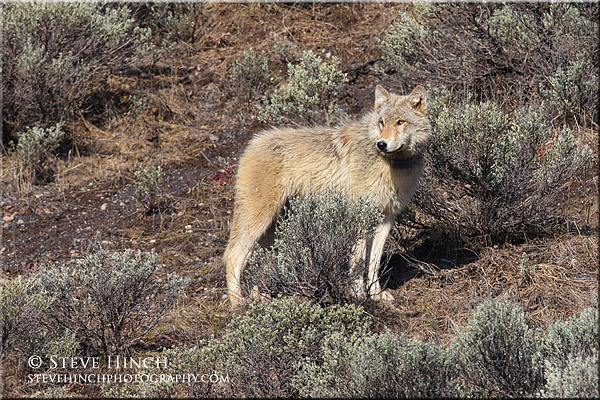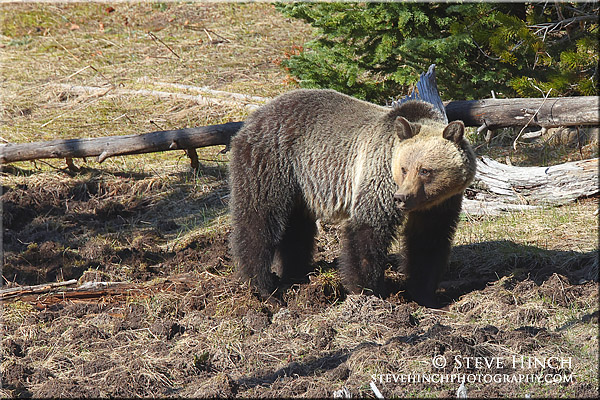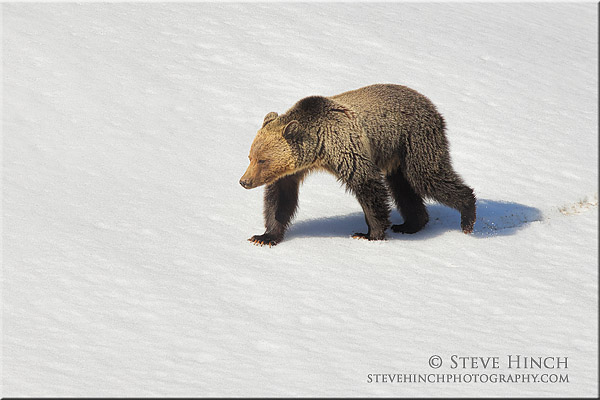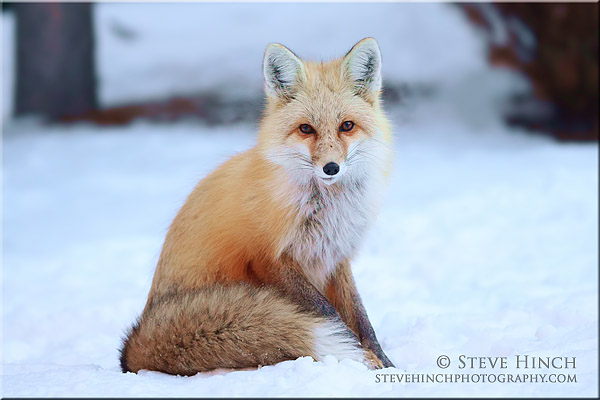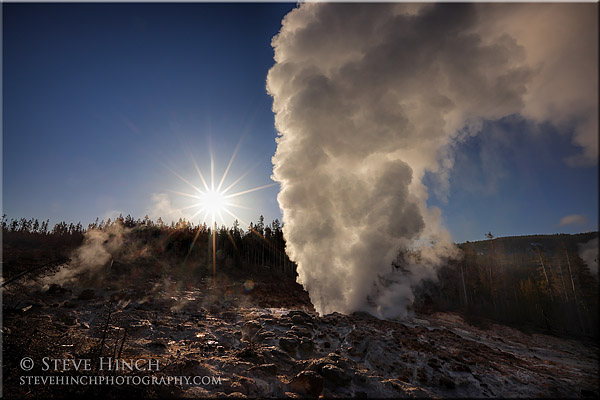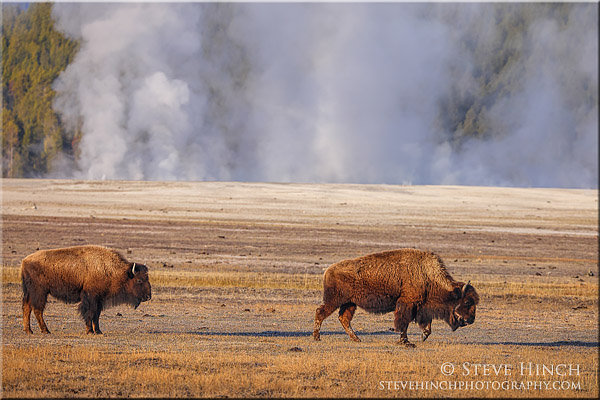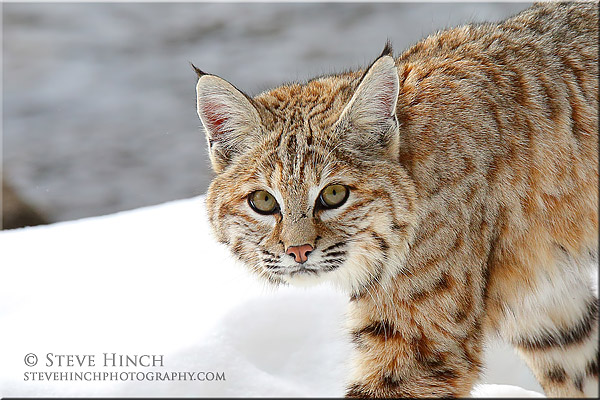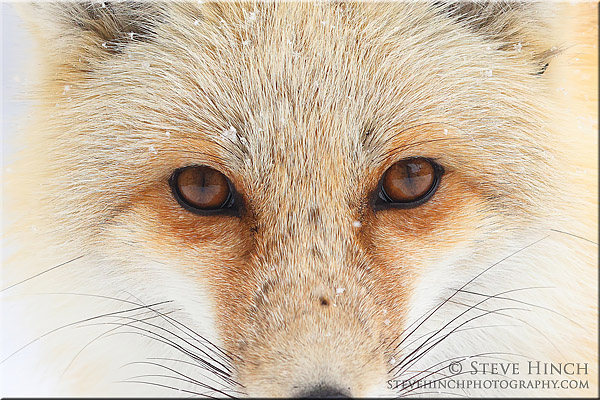
Just over a week ago, my mother-in-law passed away. She lived in Poland. My wife recently was able to spend five weeks with her family before her mother passed. Zofia loved foxes. We had given her several printed 8×10 photos of my different fox images over the years. She made her first trip to the US the year our first child was born and I don’t think we could have survived those first months without Zofia’s help. She made two more trips to the US with her last one coming in 2019. I’ll never the forget the hospitality she gave me the first time I visited Poland and my then girlfriend’s family. She was warm, caring, and immediately welcomed me as part of the family. So, given her love for my fox photos, I thought I would share this one today. While taken with a telephoto lens, I cropped it in tightly and then enlarged it with Gigapixel AI.



